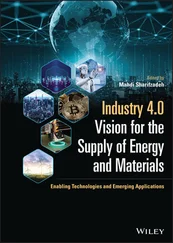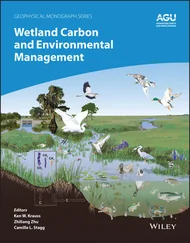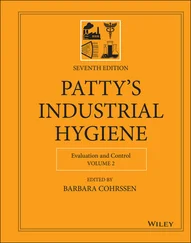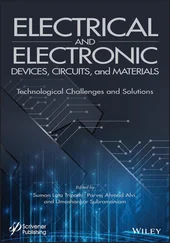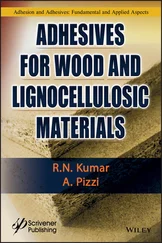Table 6.1.2.6 Typical range of needle coke types.
| Property |
Ultra‐premium needle coke |
Super premium needle coke |
Intermediate premium needle coke |
| CTE (20–200 °C) (10 −6/°C) |
0.25 |
0.35 |
0.6 |
| Sulfur content (wt%) |
<0.2 |
0.2–0.4 |
0.4–0.6 |
| Vibrated bulk density (g/cm 3) |
0.85–0.90 |
0.83–0.90 |
0.83–0.90 |
| V/Ni content (mg/kg) |
<10 |
<10 |
<10 |
| Real density (g/cm 3) |
2.14–2.15 |
2.13–2.15 |
2.13–2.14 |
| H content (wt%) |
<0.03 |
0.03–0.05 |
0.03–0.05 |
The quality analysis of needle coke is special because two parameters are specified that can only be analyzed after graphitization: the CTE and the puffing factor, i.e. the irreversible lengthwise expansion during graphitization (requirement: <2%). The quality comparison has been more complicated up to now by the fact that the preparation, graphitization, and measurement of CTE were proprietary company methods. Standardization however is nearly complete (last step: proposal of CTE–DIN method, an English translation exists as ISO draft) [45].
The quality requirements of electrodes depend on the electrode diameter and also on the type of arc furnace (DC or AC operation). That is why different types of needle coke are available. Some properties of the three needle coke qualities “ultra premium,” “super premium,” and “intermediate premium” are listed in Table 6.1.2.6. The CTE values refer to the measuring temperature range of 20–200 °C or 20–60/80 °C after preparation and graphitization to receive small electrodes according to the DIN/ASTM method. The tests to produce “ultra‐premium” needle coke with CTE levels of 0.25 × 10 −6/°C had success, thus introducing the third needle coke quality “ultra‐premium needle coke” into the market.
An additional challenge in the use of electrodes in the arc furnace process is the design and production of the nipples (screw connections between the individual electrodes). Through pilot tests, test runs, and guaranteed production consistency for needle coke are the basis for delivery agreements. Continuous improvements are necessary.
6.1.2.6. Environmental and Safety Aspects
6.1.2.6.1 Green Coke
Although green coke contains polycyclic aromatics, their total concentration of about 250 mg/kg is below the critical level of 1000 mg/kg. Also the content of the key component benzopyrene (c. 25 mg/kg) is not critical. Green coke is therefore classified as a nontoxic substance [3].
No classification and labeling regarding toxicity, carcinogenicity, flammability, and environmental effects is required. Contents of Ni, V, Na, Ca, and Fe originating from the crude oil residues used as feed are accumulated in green coke. These levels can rises up to approximately 10–500 mg/kg. Small amounts of metals and anions are introduced with the cutting water, which makes up to 5–15% of green coke (cutting water content: Na, Ca, Cl,  ). Other heavy metals (Hg, Cd, Pb, Cr, Cu, Co, As) are not traceable (level <1 mg/kg). Hydrocarbons and metals in green coke cannot be elutriated with water (S 4eluate method). No classification and labeling regarding toxicity, carcinogenicity, flammability, and environmental effects is required.
). Other heavy metals (Hg, Cd, Pb, Cr, Cu, Co, As) are not traceable (level <1 mg/kg). Hydrocarbons and metals in green coke cannot be elutriated with water (S 4eluate method). No classification and labeling regarding toxicity, carcinogenicity, flammability, and environmental effects is required.
The following classification is employed for the combustion and explosion behavior (measurement of Deutsche Montan Technologie [DTM], mining test circuit, Dortmund):
| Combustion behavior |
BZ 3 (local combustion or glowing without spreading) |
| Glow temperature |
300 °C |
| Ignition temperature |
700 °C |
| Dust explosiveness |
Contents >60 g/m 3and with ignition source of >10 000 J |
Green coke is normally stored in open piles with sidewalls as protection against the wind. In order to reduce the dust discharge, green coke piles are sprinkled with water.
The potential dust emission is visibly improved by means of dosing antidust additives (polyacrylate types or extract of orange peel) to the sprinkling water.
The general explosive boundary value at work of 6 mg/m 3for fine dust concentrations is to be complied with.
6.1.2.6.2 Calcined Petroleum Coke
All hydrocarbons in green coke are eliminated by calcination. The remaining hydrogen content is <0.1%. Therefore, no polycyclic aromatics are traceable. The content of S, N, and metals is virtually unchanged. With water, only part of the salt content of the cutting water can be elutriated. No classification and labeling is required.
Due to the dryness of the calcinate, irritation of eyes and throat by the dust is possible. The general boundary value at work (maximum 6 mg/m 3for fine dust concentration) is to be complied with.
Calcined coke is usually stored in closed silos or bins to keep the material dry. To reduce dust formation, the calcinate is sucked off during transport and loading and the dust held back by filter stations. Sprinkling the calcinate with residue parts of 0.2–0.4 wt% (old process) or an aqueous emulsion of dust binder prevents environmental problems from dust. The dust forming factor (“R+D‐Carbon” method) must be <0.02 wt%. The combustion and explosive behavior of calcined coke presents no problem:
| Combustion behavior |
BZ1 (no combustion) |
| Glow temperature |
No glowing up to 450 °C |
| Ignition temperature |
No ignition up to 850 °C |
| Dust explosive |
No |
Since no combustible dust–air mixture is formed, calcined dust is a material that has no security zone classification (zone 11) and does not come under the risk management regulation.
1 1 De Biase, R. and Elliott, J.D. (1982). Coking process reflects trends, innovations. Oil Gas J. 80 (16): 81–88.
2 2 Montell, C.L. (1968). Carbon Graphite Handbook. New York, NY: Interscience Publishers.
3 3 CONCAWE (2007). Reports nos. 93/105 and 95/95 ‐” The Classification and Labelling of Petroleum (CLP) substances according to the EU dangerous substances directive,” Brussels, July 1995 ‐ Second ATP (Adaption to Technical Process) to the CLP regulation Commission Regulation EU, No. 286, 2011 ‐ CONCAWE recommendations, August 2001; CLP according to the EU dangerrous substances directive ‐ API (American Petroleum Institut) – Report:”Petroleum Coke Category Analysis and Hazard Charakterization”.
4 4 Sojka, M. (2011). Orinoco Oil Belt, PH 240, Stanford University.
5 5 Dunbar, R.B. (2012). Strategy West Inc., Canada’Oil Sands, Internet.
6 6 Chandelle, J.M. (2005). CEM Rev. 220: 1–22.
7 7 Jacobs Consultancy Offices (2011). 10th Annual Petcoke Conference, San Diego, CA.
8 8 Statistik der Kohlewirtschaft, Essen (1995).
9 9 EIA (2013). U.S. Energy Information Administration, March 2013.
10 10 Billege, I. (2009). 700 refineries supply oil products to the world. NAFTA 60 (7–8): 401–403.
11 11 Predel, H. (1990). Delayed coking. Erdöl Kohle Erdgas Petrochem. 43: 145–146.
12 12 Conoco Inc. (1984). Method of reducing coke yield. US 44,55,219 (H.R. Janssen, G.L. Poffenbarger).
13 13 Conoco Inc. (1985). Process for improving product yields from delayed coking. US 45,18,487 (H.G. Graf, H.R. Janssen).
14 14 Elliott, J.D. (2008). ImpaCT of feed properties and operating parameters on delayed coker petcoke quality. Presented at ERTC Conference
Читать дальше
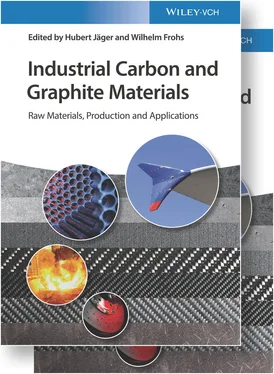
 ). Other heavy metals (Hg, Cd, Pb, Cr, Cu, Co, As) are not traceable (level <1 mg/kg). Hydrocarbons and metals in green coke cannot be elutriated with water (S 4eluate method). No classification and labeling regarding toxicity, carcinogenicity, flammability, and environmental effects is required.
). Other heavy metals (Hg, Cd, Pb, Cr, Cu, Co, As) are not traceable (level <1 mg/kg). Hydrocarbons and metals in green coke cannot be elutriated with water (S 4eluate method). No classification and labeling regarding toxicity, carcinogenicity, flammability, and environmental effects is required.

